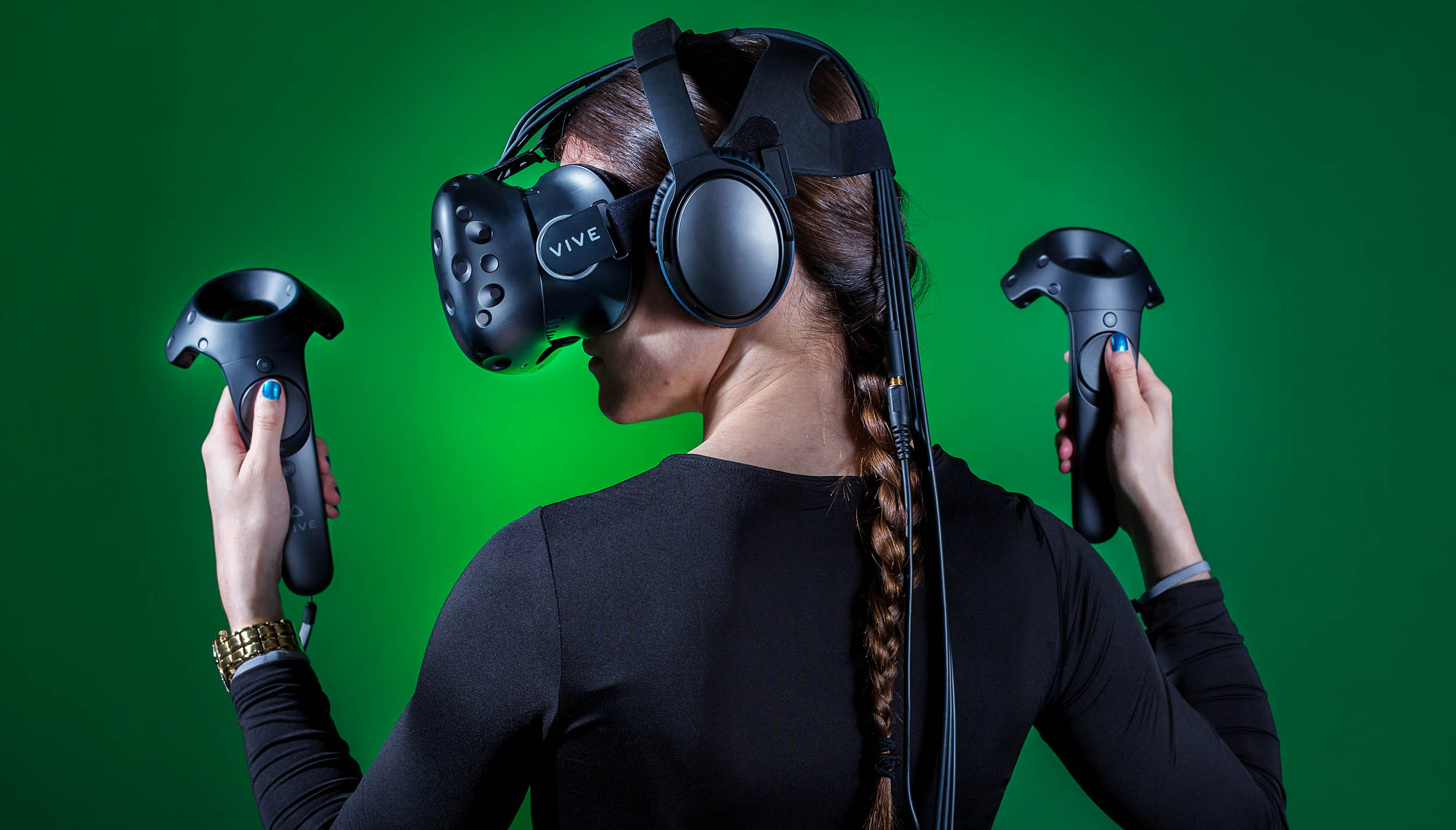Virtual Reality – I can’t say it without thinking about some early-1990s spandex-suit wearing cheesy vision of the future. But finally, it seems, after loads of false starts, VR is here.
I’ve been wanting to writing about virtual reality for a while now. This first part of a three-part series is a collection of thoughts and experiences that I’ve had around VR over the last year.
Imagine the scene, you are driving in your car, a getaway driver, racing from a heist. The car in front pulls over in front of you trying to cut you off. You can brake and risk the cops catching up with you of keep on going, nudging the car in front out of the way. You stamp on the accelerator, ramming the car, but you misjudge the impact and instead throw your Holden Commodore into a spin, hitting the walls of the Sydney Airport Tunnel.
Game over. Except it’s not. It’s real life, and you are on your way to work. You were playing the game last night, using your new VR kit.
Whilst we are still a long way away from VR experiences that are indistinguishable from real life. Already early adopters of virtual reality kit like HTC’s Vive and Facebook’s Oculus Rift are reporting a strange disconnection from reality when they remove their headsets after extended play session.
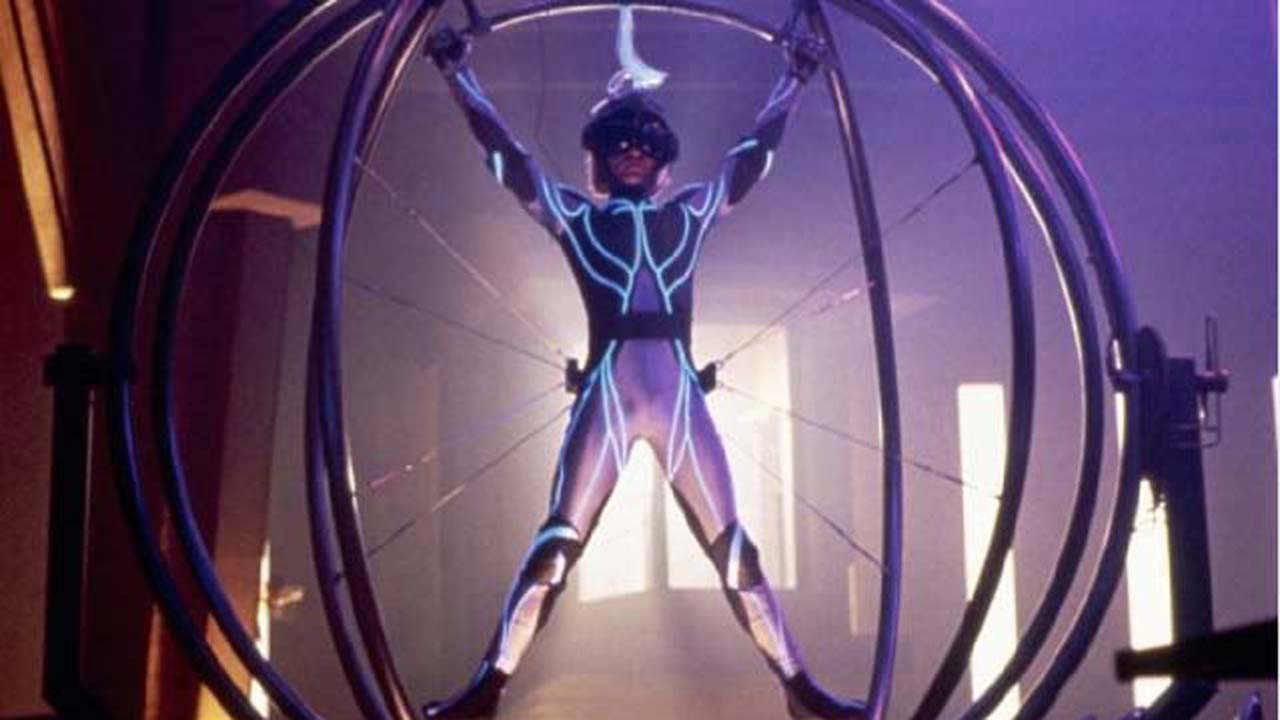
For many this weird feeling disappears after a while, but not for everyone. What happens after weeks of solid play sessions? Could a player become unable to distinguish reality from a VR environment?
The effects of long-term exposure to VR are an unknown and something that, no doubt, we will be hearing a lot about in the future.
As with all new technology, there’s is likely to be positives and negatives. But for every enthusiast that ends up having too much of a good thing, neglecting real life for their virtual existence, there are likely to be many other benefiting from this technology. Virtual reality will extend beyond games, offering people with disabilities experiences that they would be unable to have, as well as therapeutic applications and training opportunities.
VR first became a pop culture obsession way back in the early 90s, but it was likely Disney’s Tron, a decade earlier, that captured the public’s imagination as to what it would be like “living” in a computer game. For many, though, it was the abysmal Lawnmower Man starring Pierce Brosnan that was for many their first look at VR.
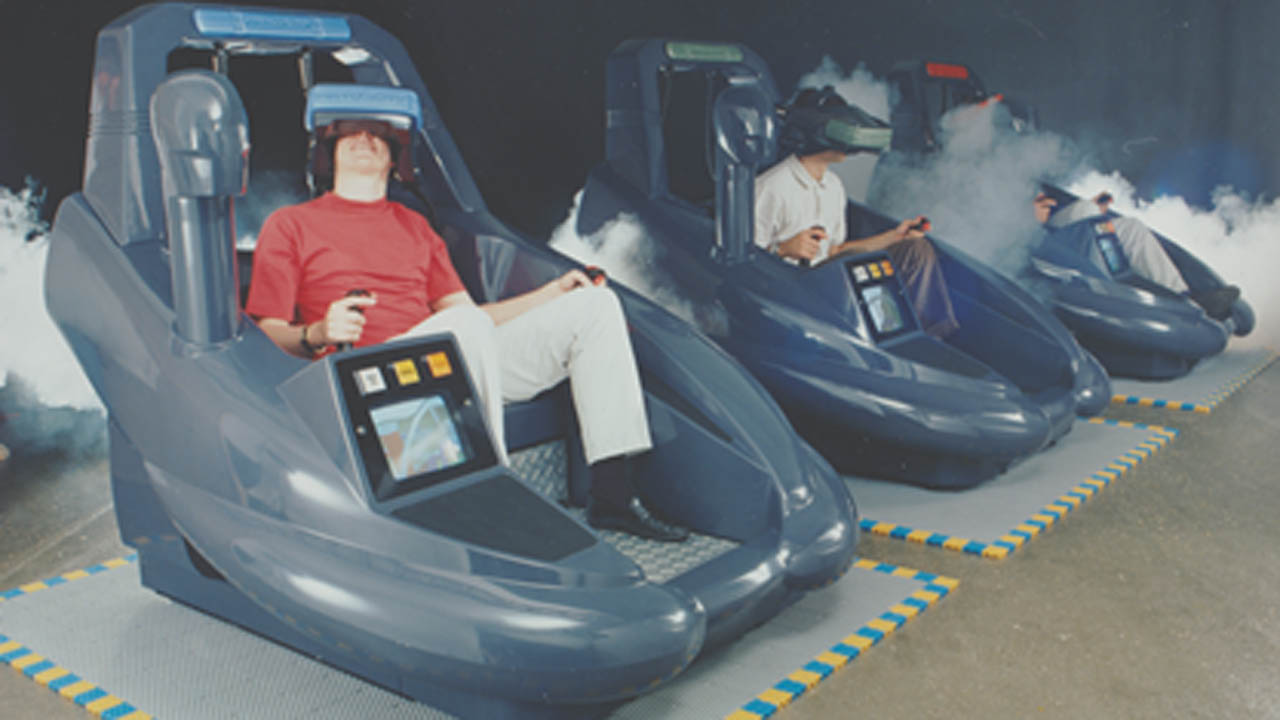
My very first experience with VR was with the commodore Amiga-powered Virtuality 1000. It had god-awful graphics and a huge headset, but it was my first taste of 3D gaming. Since then I’ve enjoyed 3D gaming using e-Dimensions’ system on PC and the built-in capabilities of modern consoles.
But in truth, I’ve been waiting for this moment in time, the dawn of REAL virtual reality.
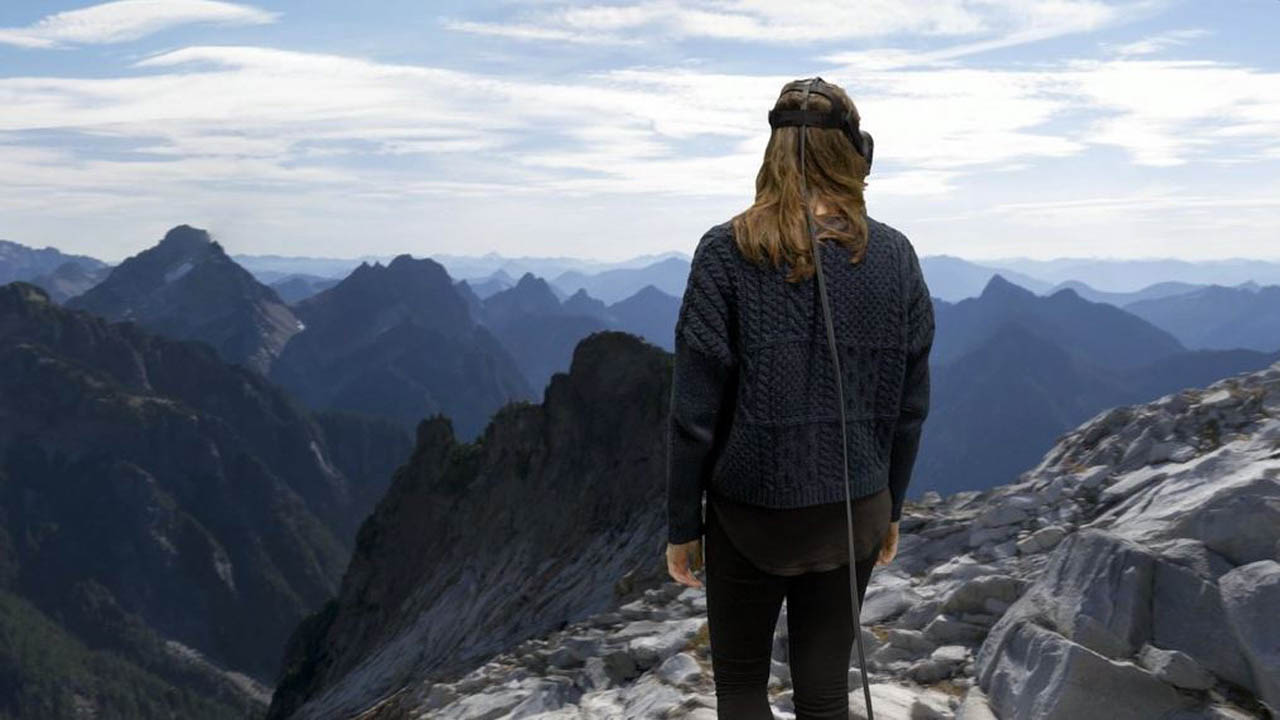
The VR revolution has now started with the Facebook-backed Oculus Rift and Valve’s SteamVR platform, the HTC Vive being shipped out to the early adopters right now. Sony’s PlayStation VR is also about to join the party in October.
The fantasy of stepping into another world is an ancient one. One previously only fulfilled by dreams, hallucinogenic drugs or a vivid imagination. Virtual Reality enables the user to live on their dreams like never before- visiting new places and other worlds. It is an otherworldly experience that is difficult to explain to someone that has never experienced it.
At the moment the term virtual reality is being used to cover a multitude of different experiences, not all of which are actually VR. Popular culture terms all these as virtual reality devices: Google Cardboard, GearVR, Oculus Rift and HTC Vive.
The key component of a VR experience is a sense of presence. Instead of feeling like an observer the use should feel as if they are there, physically in the scene.
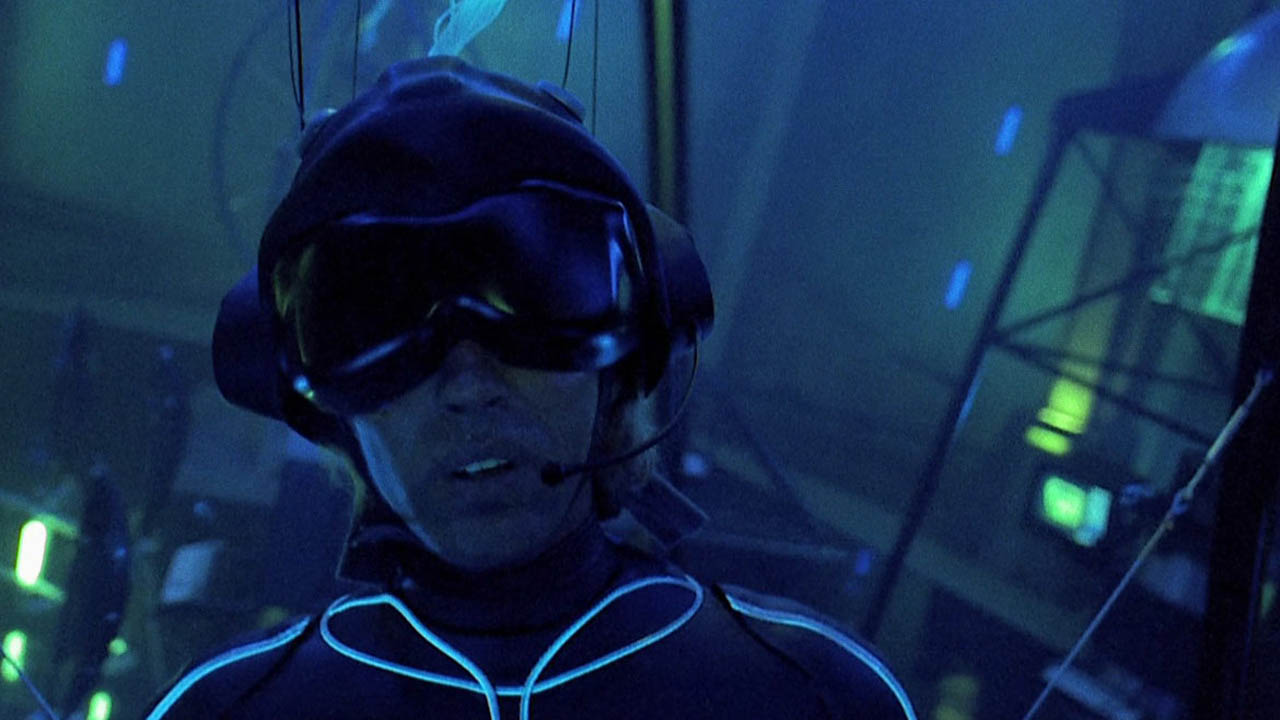
Watching a 360-degree video on your mobile phone, slotted into a Google Cardboard or GearVR, is fun, but you are only watching a video. If you step left or right your perspective doesn’t change like it does in the real world, the video moves with you. The accelerometer in your mobile phone adjusts the image for your head movement, but that’s about it. Some mobile VR applications render their experiences in real-time, but the computing power of today’s mobile phones puts a limit on the complexity of these scenes. You are very unlikely to have a real VR experience with a Google Cardboard or GearVR.
Augmented reality takes camera captured video and adds elements, like a building, object or overlays in real-time to create an augmented view of the real world. There are lots of AR apps available, making this very popular on mobile device. The was also the basis for the ill-fated Google Glass. AR offers a very similar experience to VR, but it’s not. It’s just enhancing the real world- not immersing us in a new one. Perhaps one day AR experiences will be able to totally overlay the real world with a VR environment, but we are not there yet.
Mixed reality takes augmented reality a step further, blending the real world with a virtual reality space to create a truly hybrid environment. Microsoft’s upcoming Hololens will be a good example of this when/if it is finally released.
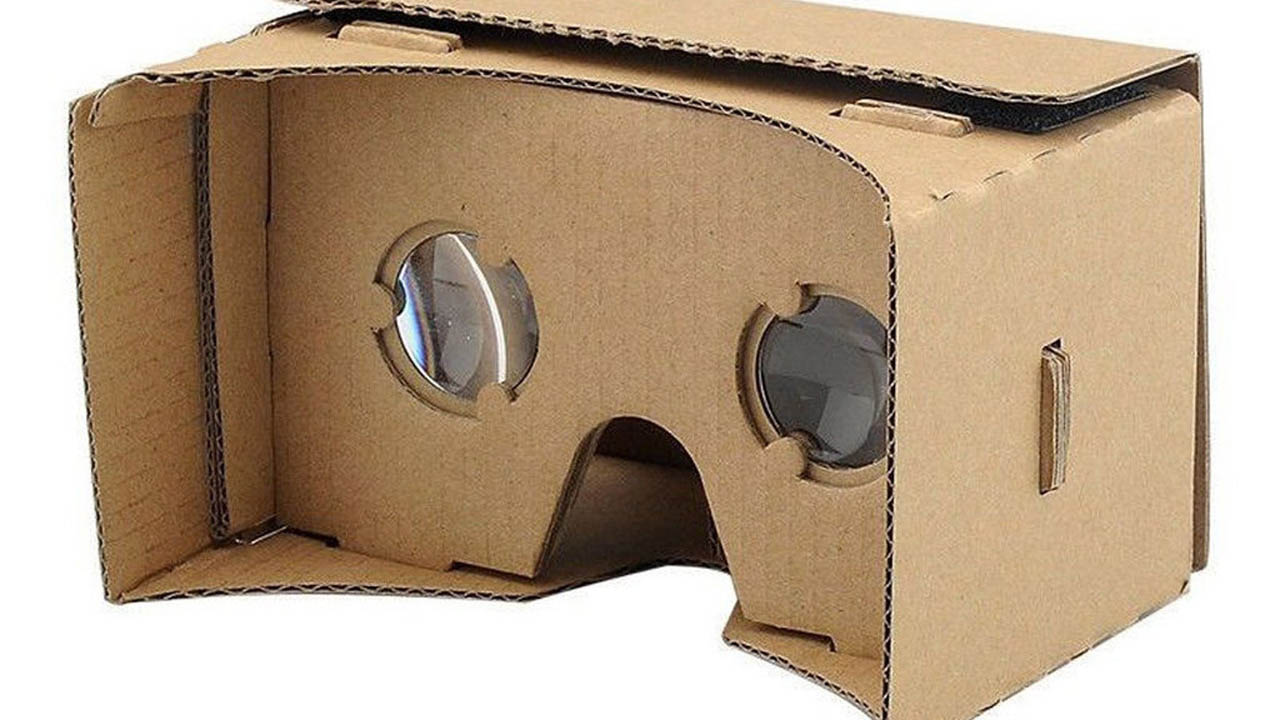
Whilst Microsoft are rumoured to be working with Oculus to bring the Rift to the Xbox One, they are also threatening to turn VR on its head with their Holoportation technology.
Virtual Reality is going to make it very easy for people to visit far off places and see sights out of their physical and financial reach. Microsoft’s Holoportation takes it one step further in bringing other people to you. Two people in different locations, surrounded by 3D cameras and wearing Microsoft Hololens glasses, will be able to see each other, via lifelike 3D avatars, and intereact with each other as if they are standing in the same room.
Within ten years there’s going to be absolutely no reason to leave home. Virtual socialising may be the angle that Facebook are working on and their reasoning purchasing the Oculus Rift.
The Oculus Rift and HTC Vive are currently the only commercially available VR devices. Technically speaking they both offer similar types of VR experiences, but it is the HTC Vive that currently offers the better VR experience.
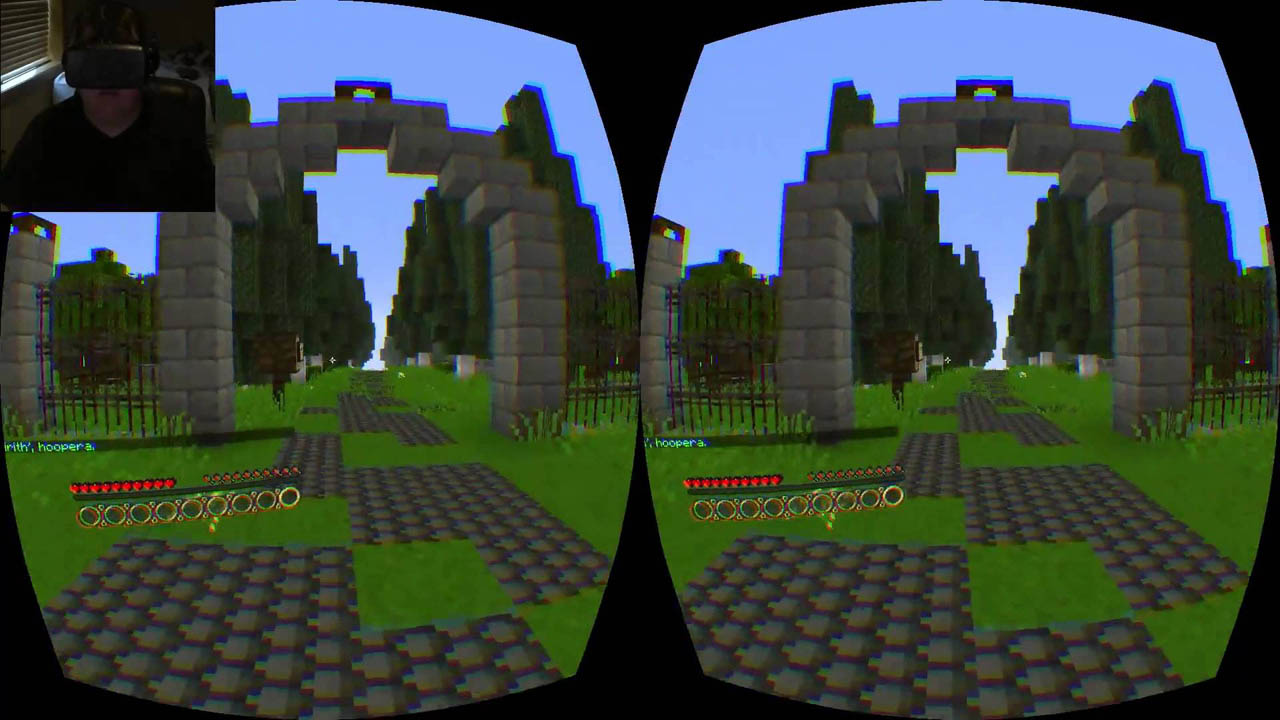
Currently, the Oculus Rift only offers a seated or standing experience, due to the single IR-sensing camera that needs to be mounted in front of the user. Moving the headset out of the camera’s range will break the experience. Also the Rift’s motion controllers, Oculus touch, are not yet available, with players controlling their VR experience with a standard Xbox One controller.
HTC’s Vive gives users a more immersive VR experience with “room-scale” VR and motion controllers. Vive users can walk about in an area up to about 25m2 and use the motion controllers to interact with the VR environment. The controllers becoming an extension of their hands, tools or even weapons that move concurrently inside the VR experience. The 360-degree view, being able to walk about and having you hands “in the game” give Vive a true feeling of presence.
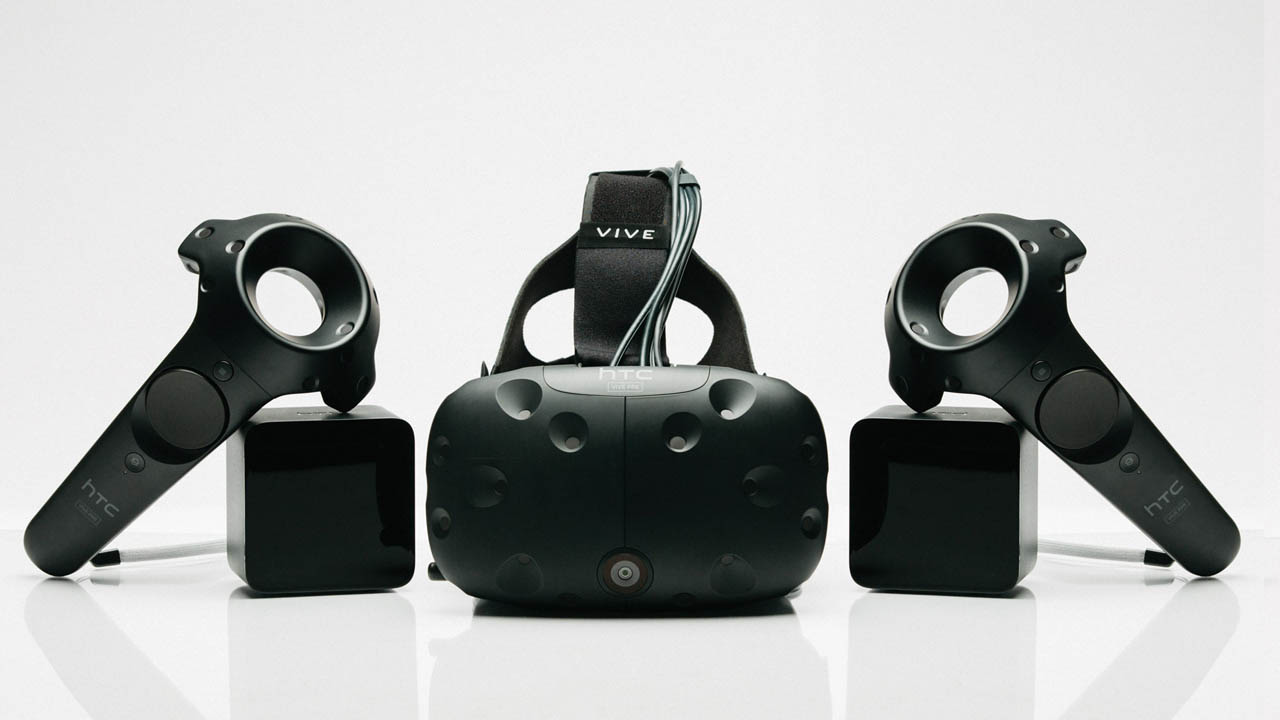
At PAXAUS 2015, I spoken to the guys from Melbourne’s Zero-Latency about their partnership with Dell, using the veteran PC vendor’s Alienware Alpha mini-PC’s, to create a virtual reality version of Laser Tag. Players equipped with Oculus headsets, faux rifles and a backpack mounted Alienware Alpha, run around in a warehouse that is transformed into a zombie-infested environment. It’s cutting-edge stuff right now, but I couldn’t help but thing that it is going to soon become commonplace.
I tried Rebellion’s Battlezone using the PlayStation VR at PlayStation’s 20th Anniversary event last year. It was a truly immersive experience really feeling like I was setting in the cockpit of a tank whizzing around a Tron-like battleground. Whilst it’s wasn’t my first VR experience, at the time it was the most impressive. And that’s not bad considering it was still not the final version of Sony’s entry into the VR arena.
It seems that technology has, for the most part, caught up with the dream the early-90s dream of Virtual Reality. We are finally able to step into other worlds, or make our own.
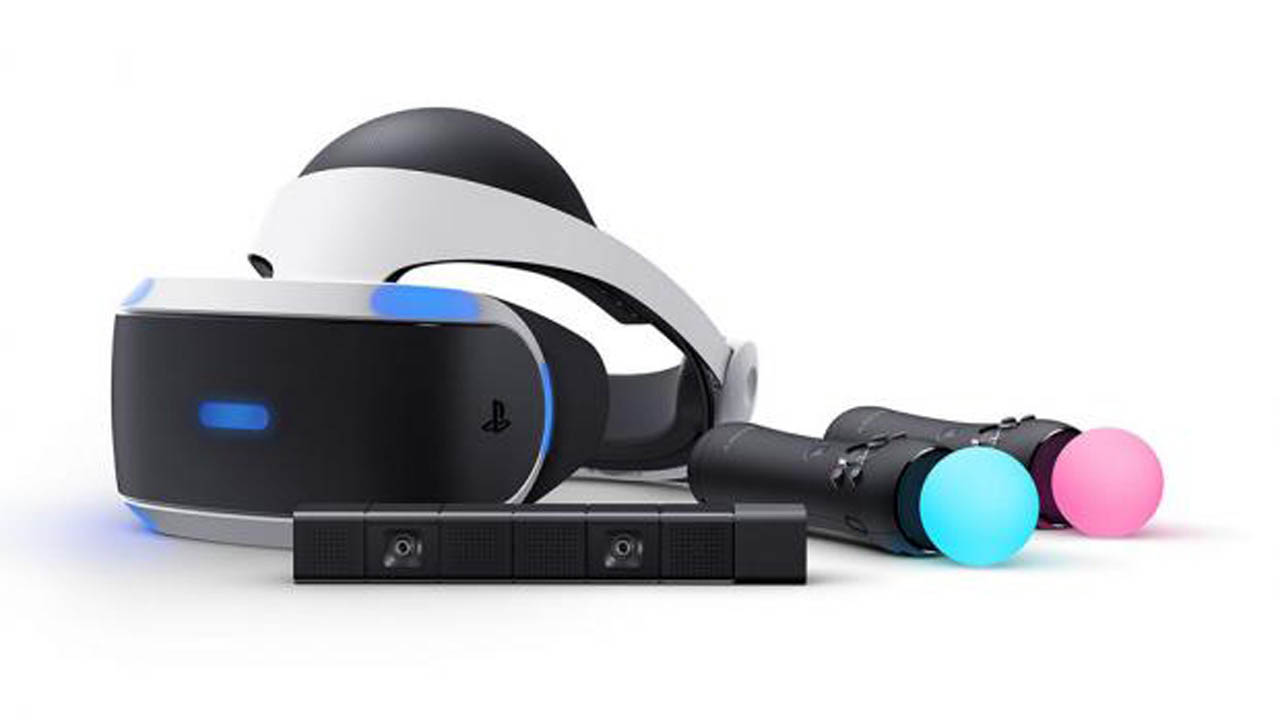
I can honestly see no end to the application of VR in our lives.
Using programs IrisVR’s Prospect, designers can immerse themselves in life-size versions of their work. With VR technology, clients can physically walk through their new house or examine their new product up close.
Historians and archaeologists now have the opportunity to recreate the past in VR allowing modern visitors to experience their ancient heritage like never before.
The applications for VR, aside from games, are limited only by our imagination, and our imagination is about to go into overdrive.
End of part one.

